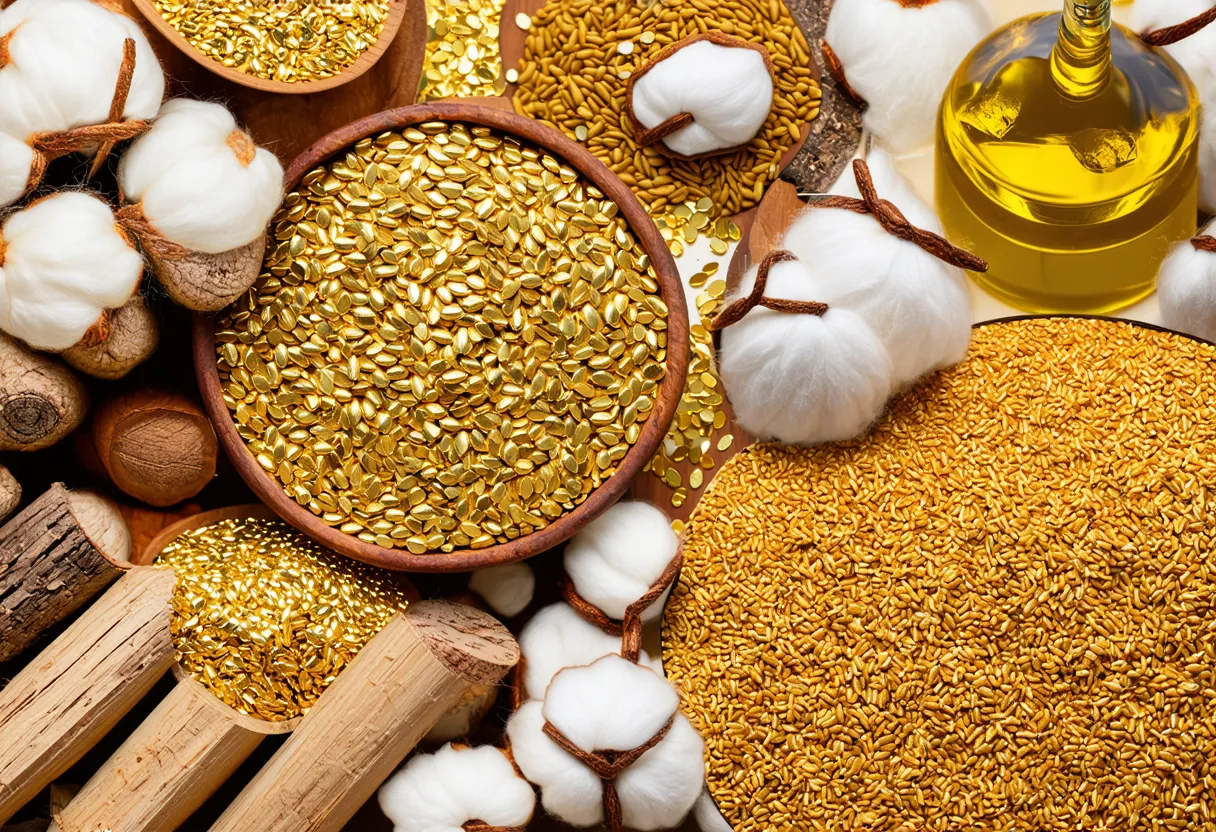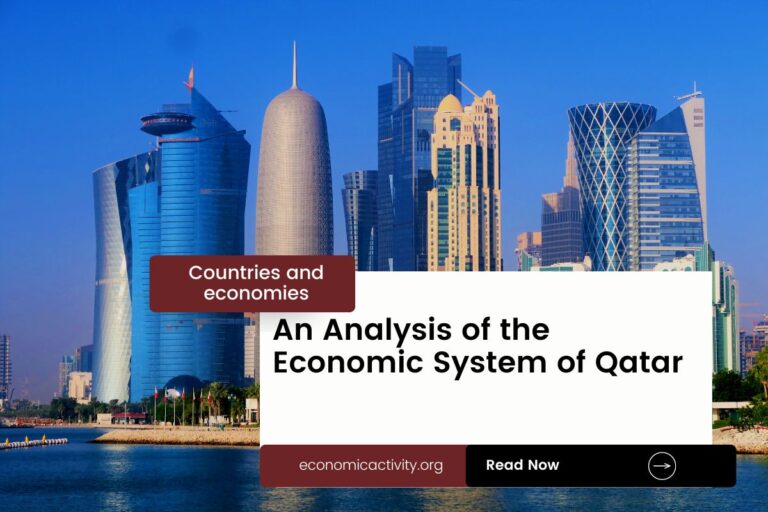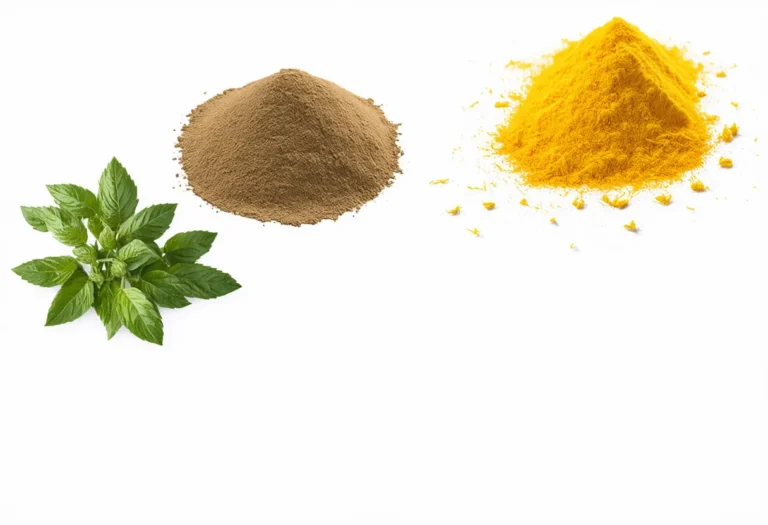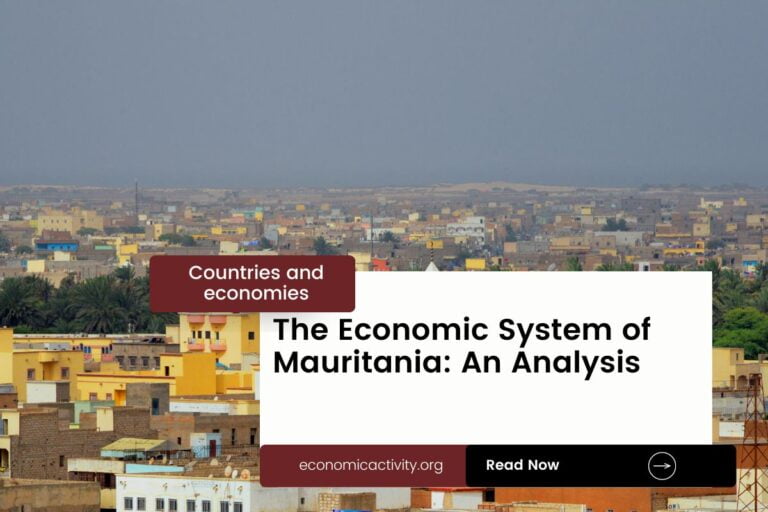Mali, with a population of 22,593,590, is ranked 56th in the world, just behind Burkina Faso. Located in West Africa, Mali covers a total area of 1,240,190 square kilometers, ranking 23rd globally, just below Angola.
Mali’s economic position in 2022 reflects a GDP of $18,827,176,529.70, ranking it at 121 globally. It is closely behind Albania, whose GDP stands at $18,916,378,860.55. In terms of GDP per capita, Mali ranks 170 with $833.30 per capita.
It lags behind Togo, which has a GDP per capita of $942.65. Mali’s economy shows potential for growth, but it faces challenges in increasing its GDP and improving the standard of living for its citizens.
What are the economic activities of Mali?
- Primary activities: 41.8% of GDP.
- Secondary activities: 18.1% of GDP.
- Tertiary activities: 40.5% of GDP.

Primary Sector of Mali
The primary sector in Mali, heavily dependent on agriculture, thrives due to its diverse climate and rich natural resources. With 35.35% of land dedicated to agriculture, the country produces a variety of crops like maize, rice, millet, sorghum, okra, sugarcane, mangoes/guavas, onions, cotton, and bananas.
Despite agriculture contributing 41.8% to the GDP, it remains a vital sector for the economy. The abundance of crops and animal products highlights the sector’s importance, providing sustenance and livelihoods for many Malians.
With a diverse geological landscape, the primary sector thrives in Mali. Rich in gold, phosphates, salt, and limestone, these resources drive the economy. Additionally, the untapped potential of uranium, bauxite, and iron ore offers promising opportunities for further growth.
Secondary Sector of Mali
What is the secondary sector or what are secondary activities?
The secondary sector encompasses industries that transform raw materials from primary activities into finished products for consumption. In Mali, key industrial products include food processing, construction materials, phosphate, and gold. These goods are manufactured for domestic consumption and export, contributing significantly to the country’s economy.
In 2023, Mali’s total exports were dominated by agricultural products, making the contribution of manufactures relatively insignificant.
Tertiary sector of Mali
What is the tertiary sector or what are tertiary activities?
The tertiary sector in Mali encompasses a wide range of services where individuals provide knowledge and time to enhance productivity and meet various needs. This sector involves intangible goods such as advice, expertise, and attention, catering to both consumer and business-to-business services. Some of the main tertiary activities in Mali include healthcare and medical care, education and training, banking and finance, communication and information exchange, tourism and hospitality, and transportation and logistics. These services play a crucial role in the country’s economic development and societal well-being.
Specifically, Mali relies heavily on tourism, contributing significantly to its economy. With 217,000 annual arrivals, popular destinations like the iconic Timbuktu and the breathtaking Bandiagara Escarpment attract visitors worldwide. Tourism accounts for 0.96% of Mali’s population, underscoring its vital role in driving economic growth and cultural exchange.
Another example of tertiary economic activity is the mobile cellular sector, with approximately 26 million subscriptions, fostering technological growth. This connectivity enhances communication, supports businesses, and drives innovation.
Military Activities and Economic Sectors of Mali
The military is a clear example of how different economic activities work together. In the primary sector, resources are extracted for military use, like minerals for weapons. The secondary sector involves the manufacturing of military equipment, ensuring that soldiers have the tools they need. The tertiary sector includes services provided by the military, such as training and logistics. The quaternary sector focuses on military research and development, while the quinary sector deals with high-level military decision-making and strategy.
In Mali, the most recent annual military expenditure is $784.5 million, which is 2.83% of the country’s GDP. The size of the active military force is 13,000 personnel. This means there are about 1.1 active military personnel for every 1,000 people in the country. These figures show how the military is an important part of Mali’s economy and society.
International Trade of Mali
Import Activities of Mali

Import activities in Mali are of high importance, with total imports in 2023 reaching 748.68 million USD, accounting for 39.77% of the country’s GDP.
Mali’s key import activities include refined petroleum, cotton fabric, broadcasting equipment, packaged medicine, and gold. Its top import partners are Cote d’Ivoire, Senegal, China, France, and Burkina Faso, with significant percentages attributed to each country.
Exports Activities of Mali

In Mali, exports in 2023 totaled $5,471,654,467.22, representing 29.06% of GDP. This medium-high importance signifies a significant contribution to the country’s economic growth and stability.
Mali’s export activities primarily focus on gold, cotton, oil seeds, wood, and fertilizers. The country’s main export partners are the UAE (74%), Switzerland (17%), Australia (5%), China (1%), and Turkey (1%).
Mali economy challenges in 2024
Mali, a low-income Saharan economy, faces a recession from COVID-19 and political instability in 2024. Extreme poverty persists, with high public debt and environmental fragility. As an agricultural and gold exporter, terrorism and warfare remain common challenges.




Leave a Reply